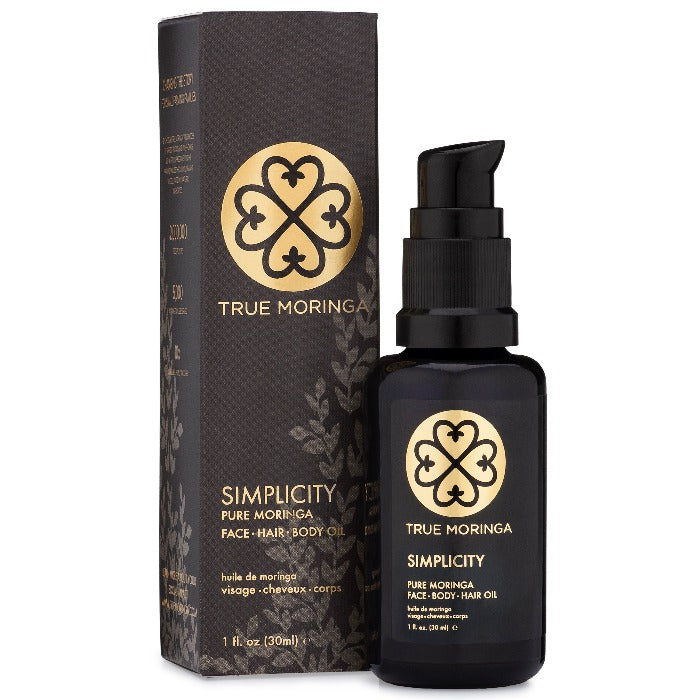



Growing Healthy Hair
Hair is far more complex than it appears on the surface of our bodies. Not only does hair play a vital role in identifying men and women, it also helps transmit sensory information. Understanding the basics of hair growth will provide insight on how to better care for hair.
As a developing fetus, by week 22, has formed all of its hair follicles. At this stage, there are about 5 million hair follicles on the body with around 1 million follicles on the head and approximately one hundred thousand on the scalp alone. This is the most number of follicles anyone will have during the course of their life as humans do not generate new follicles later in life. As the scalp grows, the follicles expand and spread apart leading to an appearance of less hair.
Hair has two distinct structures known as the follicle and the shaft. The follicle resides in the skin while the shaft is visible outside the scalp. As shown in the diagram, the hair follicle is a tunnel-like segment of the epidermis (layer of skin on the surface) that extends down into the dermis (inner layer of skin that one cannot touch). At the base of the follicle is the hair papilla which contains the capillaries. Capillaries are tiny blood vessels that nourish the cells and provide the cell with nutrients to grow. Surrounding the hair papilla is the hair bulb which protects the papilla. The bulb is the living part of the hair follicle and its cells divide every 23 to 72 hours – faster than any other cell in the body.
Hair follicles are surrounded by two sheaths, one inner and one outer sheaths. These structures protect and form the growing hair shaft. The inner sheath follows along the hair shaft and ends below the sebaceous gland. The sebaceous gland is important because it produces sebum which is used to condition the hair and skin. As the body ages, less sebum is produced. The outer sheath continues all the way up to the gland. The tiny muscle attached to the base of the hair follicle at one end and to the dermal tissue on the other end is called the arrector pili muscle. When the body is cold, in order to generate heat, the arrector pili muscle contracts all at once causing the hair to stand up and the sebaceous gland to secrete oil.
The hair shaft is made up of a tough protein called keratin and is made in three layers consisting of the inner layer medulla, the second layer cortex and the outer layer cuticle. Keratin on the hair shaft is dead so the hair that is seen on the body is not a living structure. The cortex makes up the majority of the hair shaft. The cuticle is a tightly formed structure made of shingle-like overlapping scales. The cortex and medulla holds the hair pigment.
Hair grows in cycles on the scalp at about 0.3 to 0.4 mm/day or about 6 inches per year. Human hair growth is unique to other mammals in that hair growth and shedding is random and not seasonal or cyclical. The hair on the human body will be in one of the three stages of growth at any time. The three stages are known as anagen, catagen and telogen.
The anogen stage is the active phase of the hair where the cells in the roots are consistently dividing forming a new hair that pushes the old hair up the follicle and eventually out of the scalp. Some people have difficulty growing hair beyond a certain length due to a short active phase of growth. Others with very long hair have a long active phase of growth. Various hairs on the body have differing active phases. For example, hair on the arms, legs, eyelashes and eyebrows have very short active phases (30-45 days) explaining why the hairs are so much shorter.
The catagen stage is a transitional phase and only about 3% of all hairs are in this phase at a given time. In this phase, hair growth stops and the outer root sheath shrinks and attaches to the root of the hair. This phase lasts for about two to three weeks and is known as the formation of a club hair. Club hair is a hair that has stopped growing or is no longer in the anagen phase. The last phase is known as the telogen phase and is the resting phase. This phase accounts for 6% to 8% of all hairs on the body and lasts for about 100 days. During this phase, the hair follicle is completely at rest and the club hair is completely formed. When a hair is pulled out during this phase, the root will have a hard, dry material on it.
Hair growth is much more complex than the mere strand seen on the surface of the skin. Proper understanding of hair growth can lead to better treatment and healthier hair.






